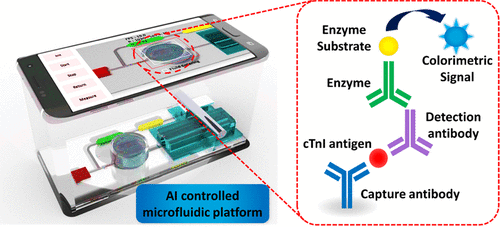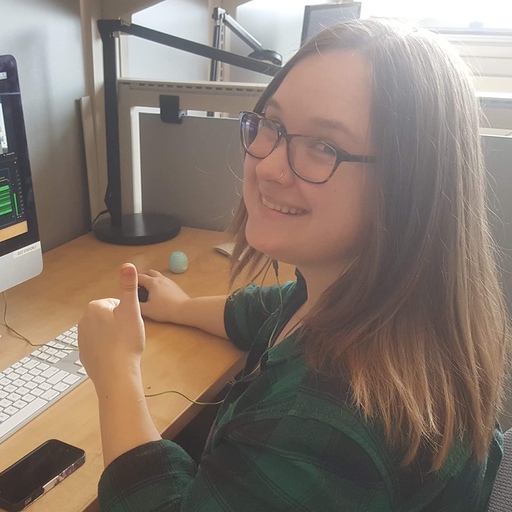Immunoassay Innovations for the Future of Your Lab
New research shows the potential for immunoassay improvements and alternatives in the near future, while new products are here to save you time in the lab right now.
Immunoassays are an essential technique found in life sciences labs around the world. While they are currently being featured prominently as COVID-19 tests, various types of immunoassay are also used for things like food allergen identification, drug development testing, and environmental monitoring.
Despite their widespread use and long tenure in the lab, immunoassay technologies still have room for improvement. Traditional workflows and techniques can be very time consuming, with throughput often being a limiting factor in many immunoassay applications. Another regularly encountered issue is that of quality control, with the many steps involved in immunoassays providing many opportunities for errors to crop up.
Here we explore new research that aims to address these issues in novel ways, as well as a few currently available products that can help you in your lab.
Recent Immunoassay Research
Automation seems to be an obvious solution to the issue of time saving for many immunoassay techniques, but what about quality control? Without the eyes of a researcher on the many steps involved, it can be difficult to catch things like sampling errors before being faced with unusable results at the end of the assay.

New research published in Analytical Chemistry shows the potential for addressing quality control in microfluidic diagnostic devices with the help of Artificial Intelligence (AI). Researchers developed an AI-controlled microfluidic platform that was able detect bubbles in the samples and subsequently remove them with a bubble trap, as well as controlling the reagents’ movement with an on-chip micropump and valve. Controlled by an Android smartphone and successfully tested for conducting real ELISA, this platform demonstrates the potential that AI and machine learning have for reducing quality control issues within automation.
Another new study takes a different approach to tackling the throughput issue by coming up with an entirely novel alternative to traditional immunoassays. Researchers from Arizona State University and the University of Washington, Seattle have developed a new method for detecting viruses like Ebola virus and SARS CoV-2 using nano-sensors. The technique, known as Nano2RED, is a twist on conventional high-accuracy tests like ELISA. Using in-solution nano-sensors (“Nano2” in the name) to detect disease antigens, the innovative Rapid and Electronic Readout process (“RED”) delivers test results as a color change in the sample solution. Requiring only a tiny blood sample, nanobodies attached to gold nanoparticles will bind to the target antigen and precipitate out of the solution, a process that can take as little as 15-20 minutes when aided by a centrifuge. Compared to ELISA, Nano2Red is faster, cheaper, easier to use, and provides around 10 times better sensitivity, showing a huge amount of potential to improve upon current immunoassay based viral testing.
Time-saving Immunoassay Products
While new innovations like those in the two studies discussed here are exciting in their potential, they are still a ways away from being implemented in labs. Until these new techniques are fully vetted and useable in your lab, there are a number of product-oriented solutions available to choose from:
 Automated immunoassay devices like the Bio-Techne/ProteinSimple ELLA can save you time by greatly reducing the hands-on work involved, combining the assay and analysis into a single process that requires only 10-15 minutes of active work with fully analyzed results available in 90 minutes.
Automated immunoassay devices like the Bio-Techne/ProteinSimple ELLA can save you time by greatly reducing the hands-on work involved, combining the assay and analysis into a single process that requires only 10-15 minutes of active work with fully analyzed results available in 90 minutes.
- Specialized immunoassay detection kits like the AlphaLISA® assay kits offered by PerkinElmer provide an alternative to a traditional ELISA in the form of a fast and easy no-wash immunoassay for detecting and quantifying a wide variety of molecules-of-interest.
- Improvements to traditional immunoassay workflows like the Invitrogen iWestern Workflow from ThermoFisher can save you countless hours by shaving up to 14 hours off of the traditional Western Blot workflow, as explained in detail in our infographic here.
Innovations in automation and AI will continue to improve immunoassay techniques and technologies, and we look forward to seeing where research will take things in the future.
In the meantime, check out our listings for Immunoassay Reagents, Immunoassay Systems, and Western Blotting, as well as the Antibodies and Reagents Application Page.










